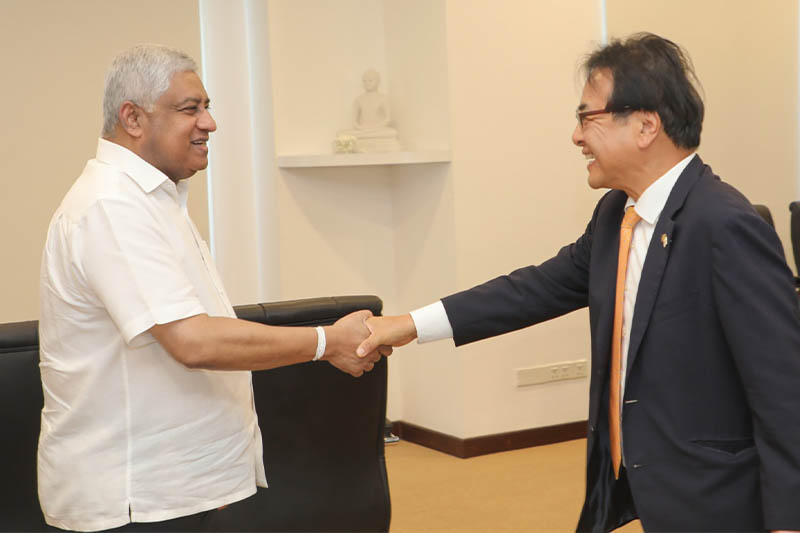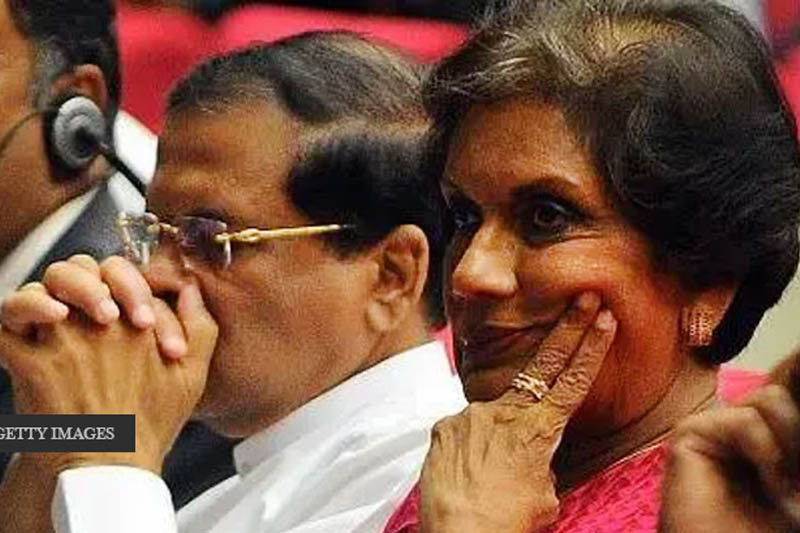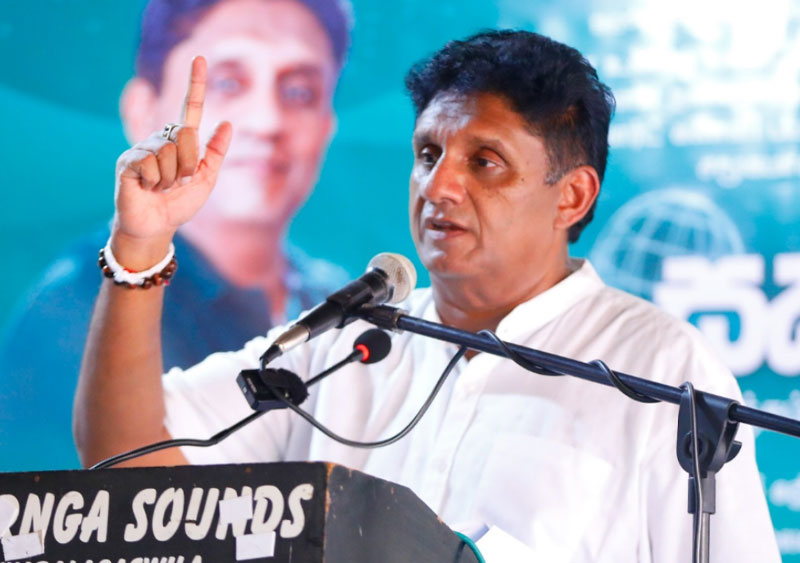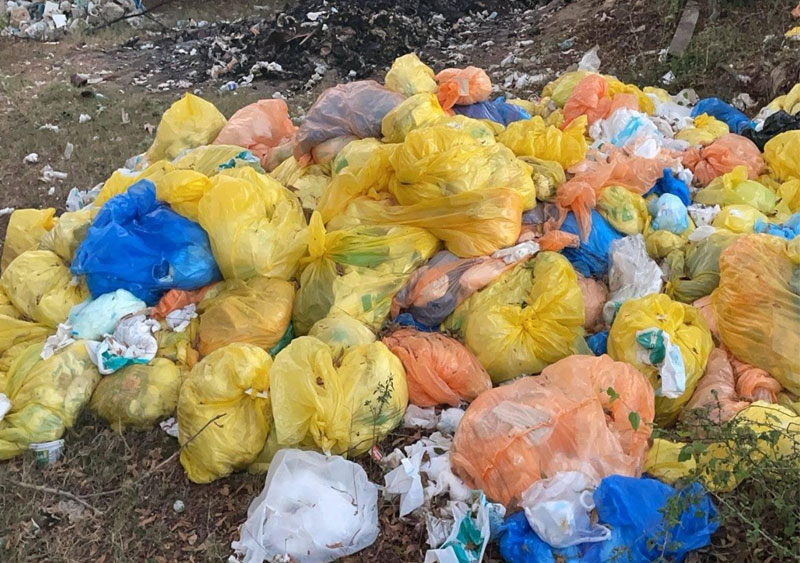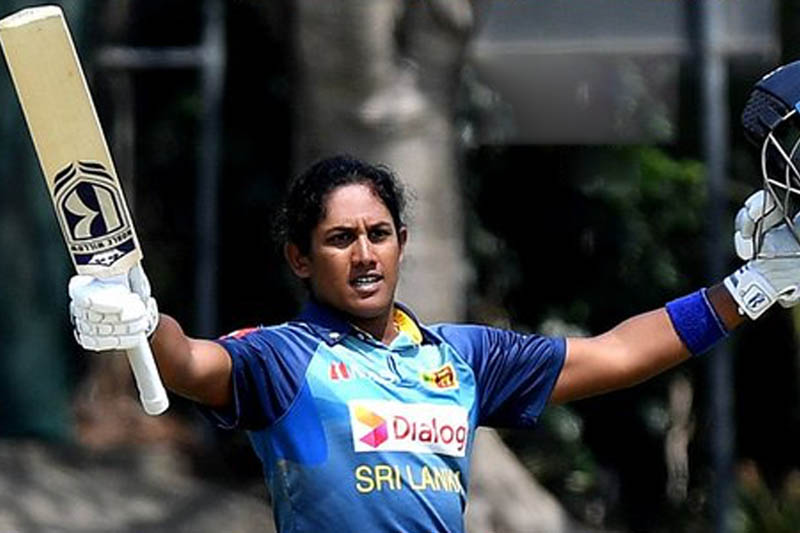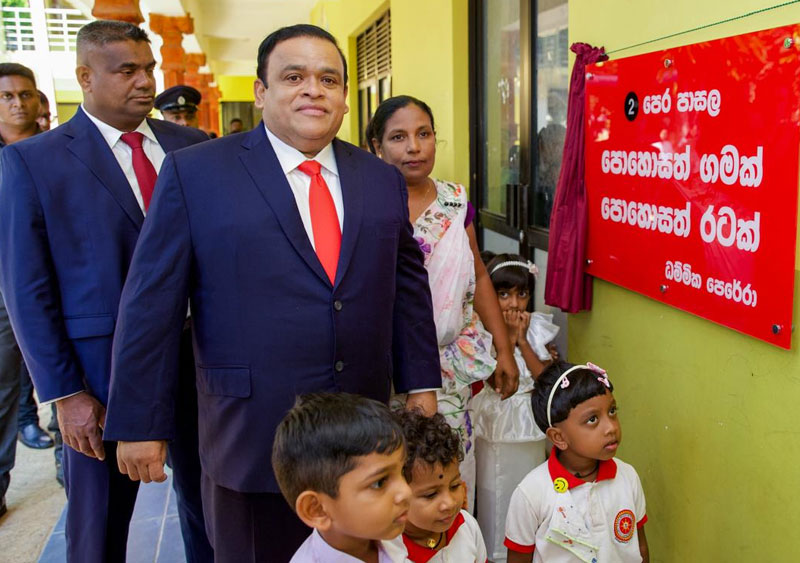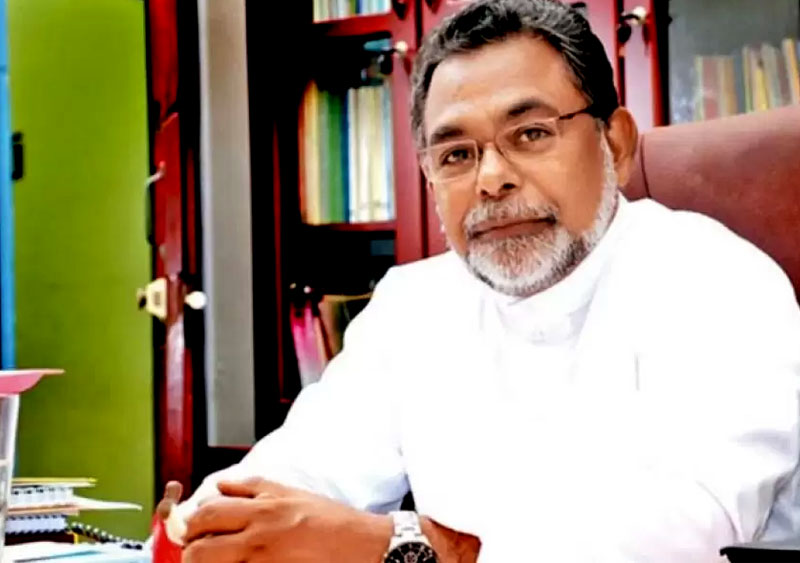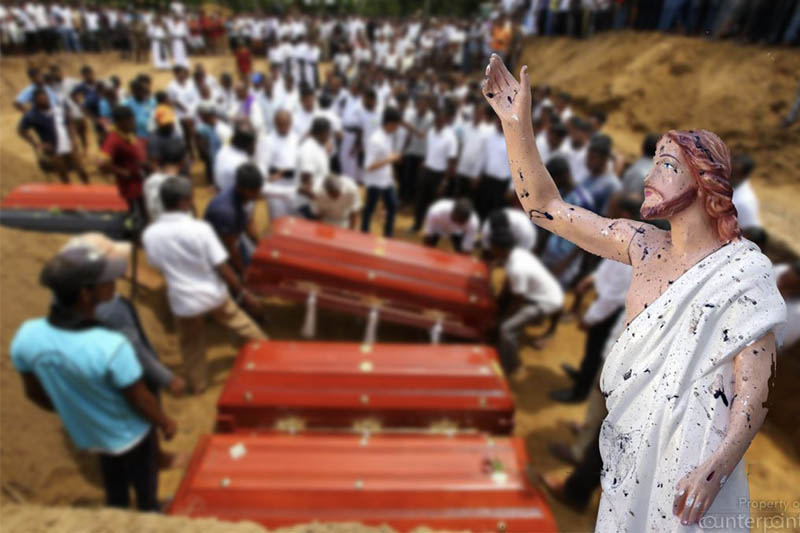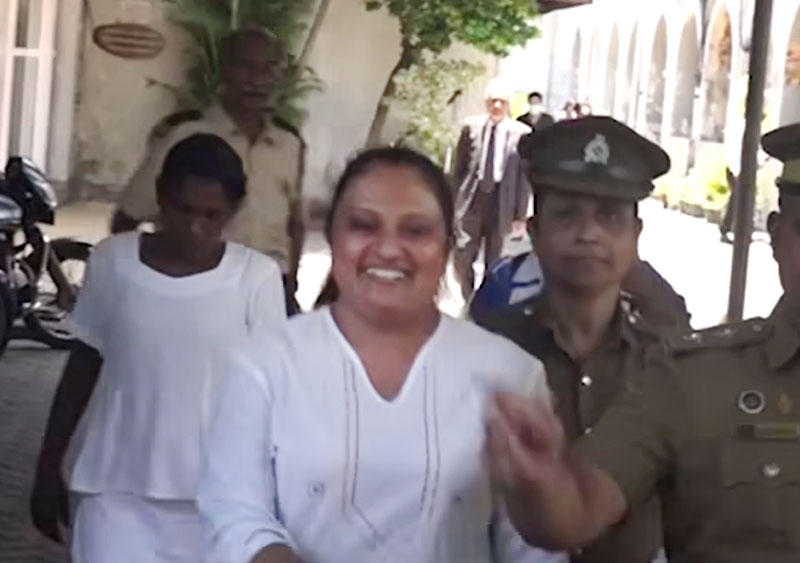On Tuesday, 16 Sri Lankan nationals, all Tamils from the Jaffna and Mannar regions in the north, reached Tamil Nadu in two batches. The first set of six refugees, including three children, were stranded near an island off the coast of Rameswaram and rescued by Coast Guard.
The ripples of Sri Lanka’s economic crisis are now being felt on Indian shores.
On Tuesday, 16 Sri Lankan nationals, all Tamils from the Jaffna and Mannar regions in the north, reached Tamil Nadu in two batches.
The first set of six refugees, including three children, were stranded near an island off the coast of Rameswaram and rescued by Coast Guard. The second group of ten reached late in the night.
Sources in Tamil Nadu Police told The Indian Express that the refugees were fleeing unemployment and shortage of food in Sri Lanka and reports from the northern Tamil-dominated regions of Sri Lanka indicate that this may just be the beginning.
Intelligence officers in Tamil Nadu have obtained information that “around 2,000 refugees” are likely to arrive in the coming weeks.
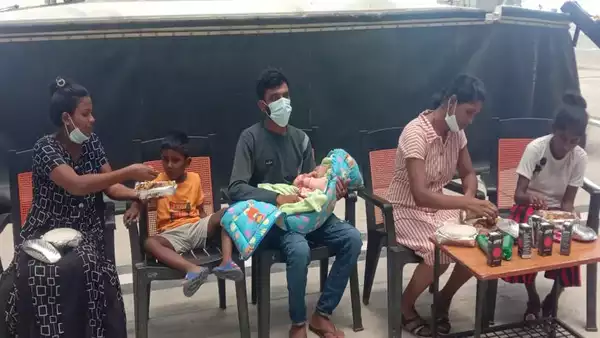
The six refugees in the first batch include a young couple and their four-month-old son, and another woman and her two children. Local officials have verified their identities: Gajendran (24), his wife Mary Clarine (22), and their son Nijath (4 months); and, Tiori Anistan (28), and her children Moses (6) and Esther (9).
The identities of the second group, which includes three women and five children, are being verified.
“The six refugees in the first group told the police that they were forced to flee after struggling for food for several weeks. They claimed they paid around Rs 50,000 to fishermen who dropped them on the fourth island off Arichal Munai within Indian waters. According to them, many more families are finding ways to flee to India due to the acute shortage of food and fuel, and lack of income,” an official said.
“They were rescued on a hovercraft, and given food at the Coast Guard camp, before being handed over to the police. The police said all of them have been shifted to the Mandapam refugee camp near Rameswaram,” the official said.
“The second group reached on a fibre boat. They left the Mannar coast last night and claim to have spent a total of Rs 3 lakh for the journey. The boat had developed a technical snag en route and they had to spend almost the entire day repairing it midsea before reaching near the Pamban bridge in Rameswaram around 9 pm,” the official said.
Speaking to The Indian Express, V S Sivakaran, an activist based in Mannar, warned that this may be the beginning of an exodus.
“Many people whom I know are planning to leave Sri Lanka, some have relatives in Indian camps, some have contacts in Tamil Nadu. There is panic and anxiety about tomorrow. It is almost certain that the price of rice will touch Rs (Sri Lankan) 500/ kg in another week. Today, it is Rs 290/kg of rice, Rs 290/kg of sugar and Rs 790 for 400 grams of milk powder,” he said.
The price of milk powder, for instance, jumped by Rs 250 over the last three days, he said. Last week, he pointed out, the Sri Lankan government postponed school exams indefinitely due to a paper shortage.
Sivakaran’s assessment of an impending exodus was underlined by sources in the Lankan government and local political observers, who had witnessed a similar exodus during the peak of the civil war there in 1989. That exodus came to an end with the war winding down in 2009. Since then, there have only been isolated cases of Lankan Tamils coming to India on fishing boats.
Suresh Premachandran, who heads the political outfit Eelam People’s Revolutionary Liberation Front (EPRLF), said the working class is facing the heat. “Construction workers and daily wagers are struggling due to inflation across the country. Given the previous exodus, people in Mannar and Jaffna may be looking for ways to reach India. It may be the beginning. More people are likely to leave the country unless the economy stabilises,” he said.
On March 17, India extended a $1-billion credit facility to Sri Lanka. A day earlier, President Gotabaya Rajapaksa had said that his government would work with the International Monetary Fund to tide over the crisis. Lanka has witnessed massive protests over shortages and steep prices, with thousands gathering on the main Galle Road in Colombo earlier this month, some even entering the President’s office.
On Tuesday, Nalaka Godahewa, Sri Lanka’s State Minister of Urban Development and a top business leader who previously headed that country’s ports authority, told The Indian Express that “things are improving slowly”.
“We are grateful to India for the timely financial assistance. Most populated areas, like Colombo city, are facing fuel and gas shortages while the northern regions and areas outside cities should be better. It is a fact that we are going through a difficult period with significantly high inflation, which is all linked to the dollar crisis,” he said.
(The Indian Express)











